This area of Romania grows a lot of sunflowers, and many of them are still in bloom.
First stop was Caldarusani Monastery, build between 1637 and 1638.
It is still a working monastery so we weren’t allowed to take any pictures inside. The interior was covered with beautiful and aged murals and there was an absolutely incredible old icon that was made of silver with many diamonds, emeralds, sapphires and rubies. Pretty spectacular.
First stop was Caldarusani Monastery, build between 1637 and 1638.
It is still a working monastery so we weren’t allowed to take any pictures inside. The interior was covered with beautiful and aged murals and there was an absolutely incredible old icon that was made of silver with many diamonds, emeralds, sapphires and rubies. Pretty spectacular.
The
next site was the Snagov Monastery, situated on an island in Lake Snagov.
There has been a chapel on this site since at least 1408 and possibly earlier.
Its greatest claim to fame is that it is one of the alleged burial sites of the remains of Prince Vlad Tepes, also known as Vlad the Impaler.
There has been a chapel on this site since at least 1408 and possibly earlier.
Its greatest claim to fame is that it is one of the alleged burial sites of the remains of Prince Vlad Tepes, also known as Vlad the Impaler.
Again,
the interior was really beautiful and this time we were able to take
pictures.
The
building is situated on a working farm with a bit of a garden...
and there were a number of ponies/small horses grazing around the chapel. One was only about a week old. So cute.
and there were a number of ponies/small horses grazing around the chapel. One was only about a week old. So cute.
The
next and last top was Mogoşoaia Palace, built in 1698 – 1702 by Prince Constantin Brâncoveanu, Prince of Wallachia.
He and his sons were martyred in 1714 and are saints in the Easter Orthodox Church.
The palace was still in the hands of his descendants as recently as 1945 when it was nationalized by the communist authorities.
The details and decor of the building were very interesting.
One wall was completely covered with tapestries with a "cut out" for the door.
The Palace was on a lake...
and there were lovely gardens.
There was also a small church on the grounds.
He and his sons were martyred in 1714 and are saints in the Easter Orthodox Church.
The palace was still in the hands of his descendants as recently as 1945 when it was nationalized by the communist authorities.
The details and decor of the building were very interesting.
One wall was completely covered with tapestries with a "cut out" for the door.
The Palace was on a lake...
and there were lovely gardens.
There was also a small church on the grounds.
On the drive back into town we saw some of the dull, grey apartment buildings from the Communist period. However, attempts had been made to lighten them up by painting blocks of color on the walls. It was actually rather interesting. And certainly looked better.
Plus there were a few other interesting buildings that we passed.
Today is hot and humid so when we returned to the hotel we had a quick lunch and then retreated to the room to work on travel items and photos.
Plus there were a few other interesting buildings that we passed.
Today is hot and humid so when we returned to the hotel we had a quick lunch and then retreated to the room to work on travel items and photos.



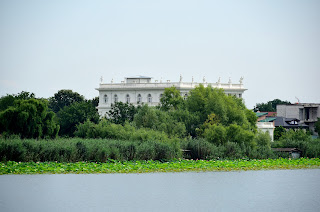



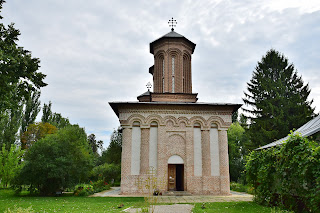


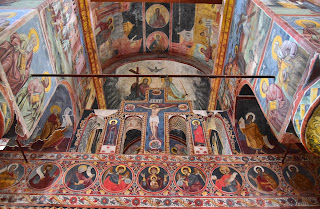

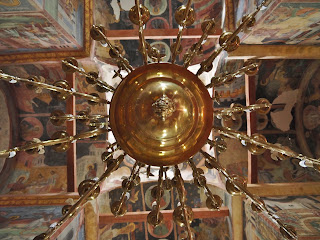




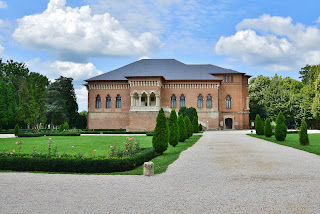
















No comments:
Post a Comment